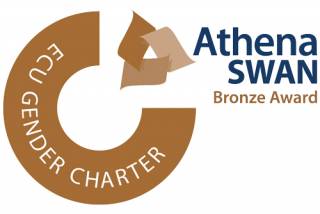Baron de Coubertin used the ancient Olympic Games as an inspiration and a starting point for the revival of the Olympics in 1896. Yet, to argue that his intention was simply to copy the ancient Olympics is very reductive and misses the point behind de Coubertin's incentive. His real goal was to draw inspiration from the Olympics in order to achieve an educational reform in France, having failed to do so when he tried to introduce British educational ideas.
De Coubertin's decision is linked, a) to the popularity of Classical tradition in Europe at that time and b) to the general tendency of staging events and calling them Olympic, especially in Britain, in an effort to achieve an indirect link with ancient ideals.
After the foundation of the modern Olympics, the minor, amateur Olympic events did not cease to exist, but continued to be staged alongside the modern Olympics in Britain up to 1958.
Olympic imagery (medals, posters, opening and closing ceremonies) is often inspired by classical themes, including the back of the 2012 Olympic medals.
There is a general tendency to use Olympic imagery/Olympic name outside sports as well, in most cases where there are no athletic connotations.
Ancient athletic imagery has been much used for political propaganda. The most notable example is the 1936 Olympics in Munich, where classical themes, including Myron's Discus-thrower statue, were used to promote the idea of Nazi excellence and the link they wished to forge with ancient Greek ideas.
People have drawn inspiration from statues and vases and have attempted to reproduce ancient Greek athletic poses. In some cases the reproduction does not work, most famously in the case of the "Greek discus", i.e. disk-throwing directly replicating the pose of Myron's Discus-thrower, leading to the conclusion that the pose was fictitious and not an actual depiction of a real discus-thrower ready to thrust.
In other cases, however, especially in vase depictions of combat, the poses have been successfully replicated by modern researchers and proven to depict real combat techniques.
 Close
Close



